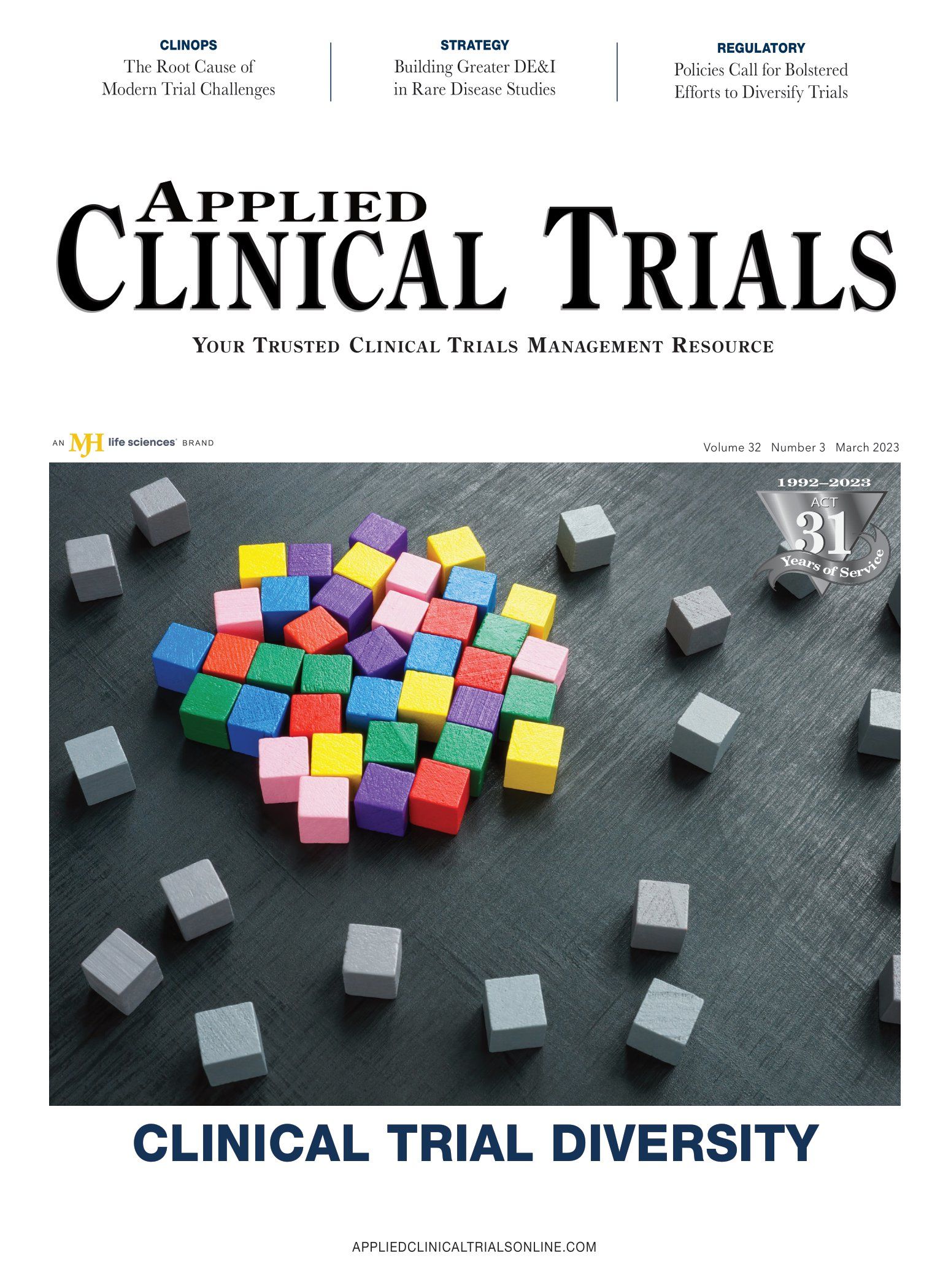eCOA Systems and the CE Mark: Navigating the Regulations
EU Medical Device Regulation must be followed carefully as it leaves room for interpretation.
On May 26, 2021, the EU began fully implementing the Medical Device Regulation (EU) 2017/745 (MDR).1 This regulation was developed to ensure medical devices are marketed consistently across the EU member states, ensure minimum quality and safety standards for patients and users, and ensure that data generated from such devices in clinical investigations are reliable and robust.
Members of Critical Path Institute’s Electronic Clinical Outcome Assessment (eCOA) Consortium have been required by their clients to go through the process of obtaining CE (“Conformité Européene”) certification for eCOA applications when they do not in fact fall in scope of MDR. By requiring this certification, which would result in the CE mark being applied to the app, clients are equating the function of the eCOA application with being a medical device, or more specifically Software as a Medical Device (SaMD). If the regulation is examined in depth, it becomes evident that while there may be boundary cases where this may indeed apply to an eCOA app, it is clearly exceptional rather than typical.
To date, there is no known published article or publicly accessible paper that examines the regulations in the context of eCOA systems that would support an informed discussion between sponsors and eCOA system providers. To address this, the eCOA Consortium formed a team in early 2022 tasked with performing an in-depth analysis of the regulations generated by the EU as well as international collaborations such as the International Medical Device Regulators Forum (IMDRF). The analysis resulted in the generation of eCOA Systems and CE Certification, a self-published white paper that offers guidance to the medical product development community for when eCOA systems may or may not fall in scope for CE certification. The paper also outlines at a high level the steps required to attain CE certification.
Intended use
The concept of intended use is at the heart of MDR. The European Medicines Agency (EMA) regulations place the burden of proof upon “manufacturers.” In the context of eCOA systems, the manufacturer would be the software developer (eCOA provider) that generates a digitized form of a licensable and/or publicly available COA when contracted to do so. MDR, Article 2, defines specific purposes for which a system may be considered to be a medical device. Of those specific purposes, those that an eCOA app could be considered to support are “diagnosis, prevention, monitoring, prediction, prognosis, treatment, or alleviation of disease.”1,2 Typical eCOA systems may be reasonably considered to monitor disease, or more accurately the health status of a trial participant. This is certainly a consideration for sensor-based wearable technologies that are becoming more common in clinical trials, but those devices would themselves be required to attain CE certification.
It is important to understand that the intent of an eCOA system is generally to enable recording of responses to questions that may be part of a standardized assessment and for those responses to be transmitted to a clinical database as source data. In general, eCOAs are not implemented for medical purposes in clinical trials. Sites do not implement medical treatments based solely on these data; the data inform a statistically driven assessment of the effect of a given study intervention or interventions. Commonly, eCOA software does not implement medical treatments based on the data generated either, if it did, it would then be classified as SaMD and require the CE mark.
The regulation does leave room for interpretation, and as such creates the opportunity for misclassification of an eCOA system. To support that assessment, the eCOA Consortium’s white paper incorporates a decision tree that may serve as a guide to support the assessment of whether an eCOA app could require CE certification.
The paper is available for download from the eCOA Consortium’s webpage: https://c-path.org/wp-content/uploads/2023/03/eCOA-Systems-and-CE-Certification.pdf.
Authored on behalf of Critical Path Institute’s eCOA Consortium by Scottie Kern, Executive Director, eCOA Consortium; Ian Pallett, AD Sensor Solutions, Parexel; and Rinah Yamamoto, Principal Scientist, Clinical Ink
References
- European Union, Legislative Acts: Regulation (EU) 2017/745 of the European Parliament and of the Council (April 2017). https://eur-lex.europa.eu/legal-content/EN/TXT/PDF/?uri=CELEX:32017R0745
- Medical Device Coordination Group, MDCG 2021-24: Guidance on Classification of Medical Devices (October 2021). https://health.ec.europa.eu/system/files/2021-10/mdcg_2021-24_en_0.pdf

2 Commerce Drive
Cranbury, NJ 08512
All rights reserved.